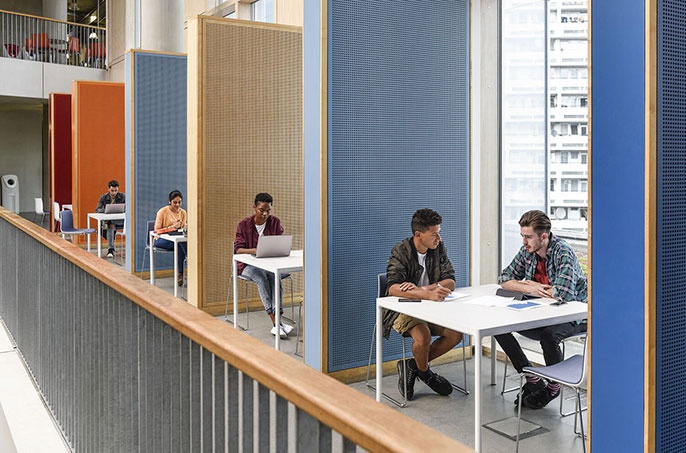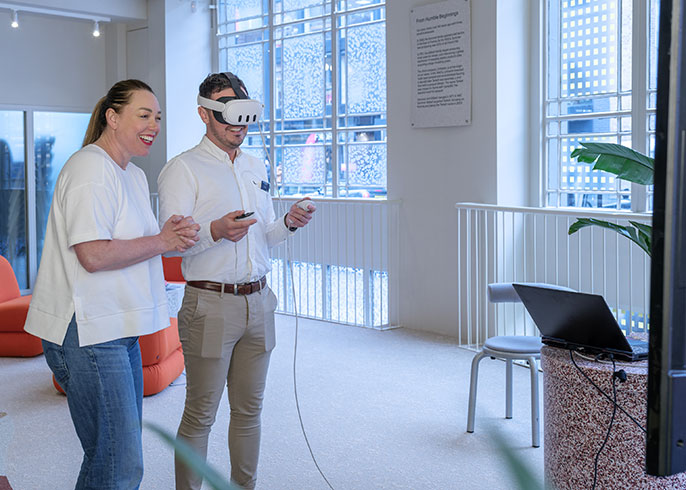As our understanding of the world and the diverse minds within it deepens, the concept of ‘neurodiversity’ – encompassing individuals with neurological differences such as ADHD and autism – is becoming part of everyday language.
Yet, despite one in seven people falling into this category, many still find themselves working, learning, and living in environments that don’t cater to their unique needs.
A new approach to design
Changing the conventional ‘one-size-fits-all’ approach to design is no small task. However, Tarkett, a global leader in flooring and surface solutions, is spearheading change with its ‘Human Conscious Design’ (HCD) ethos.
This approach is dedicated to making public spaces, from schools to offices, more accessible, ensuring that everyone – not just the majority – can thrive.
‘Human Conscious’ design principles
Backed by insights from neurodivergent individuals, educators, and businesses – along with research from leading organisations such as The National Autistic Society, The Design Council, and the World Health Organization – Tarkett introduced its Human Conscious Design Principles Guide, which provides specifiers with design guidance to better accommodate a much broader set of needs.
This is accompanied by its groundbreaking, Unreal Engine 5-powered virtual reality headset, which allows wearers to experience various sensory stimuli in real time.
These innovative tools are already helping designers gain a deeper understanding of how different interior elements can affect how the neurodiverse might interact with their surroundings.
Catering to hypo- and hyper-sensitivities
Recognising that no two individuals are alike, even within the autism spectrum, Tarkett’s HCD approach embraces the full range of neurodiversity.
It offers practical solutions for both the ‘hypo-sensitive’ – those who thrive in more stimulating environments – and ‘hyper-sensitive’ – who are more easily overstimulated.
By combining thoughtful space planning with sensory-friendly materials, Tarkett is leading the way in creating inclusive, adaptable environments that truly meet the needs of neurodiverse and neurotypical individuals alike.
To be part of this important shift and learn how to better support current and future generations through more inclusive design, download the Human Conscious Design Principles Guide here.






















